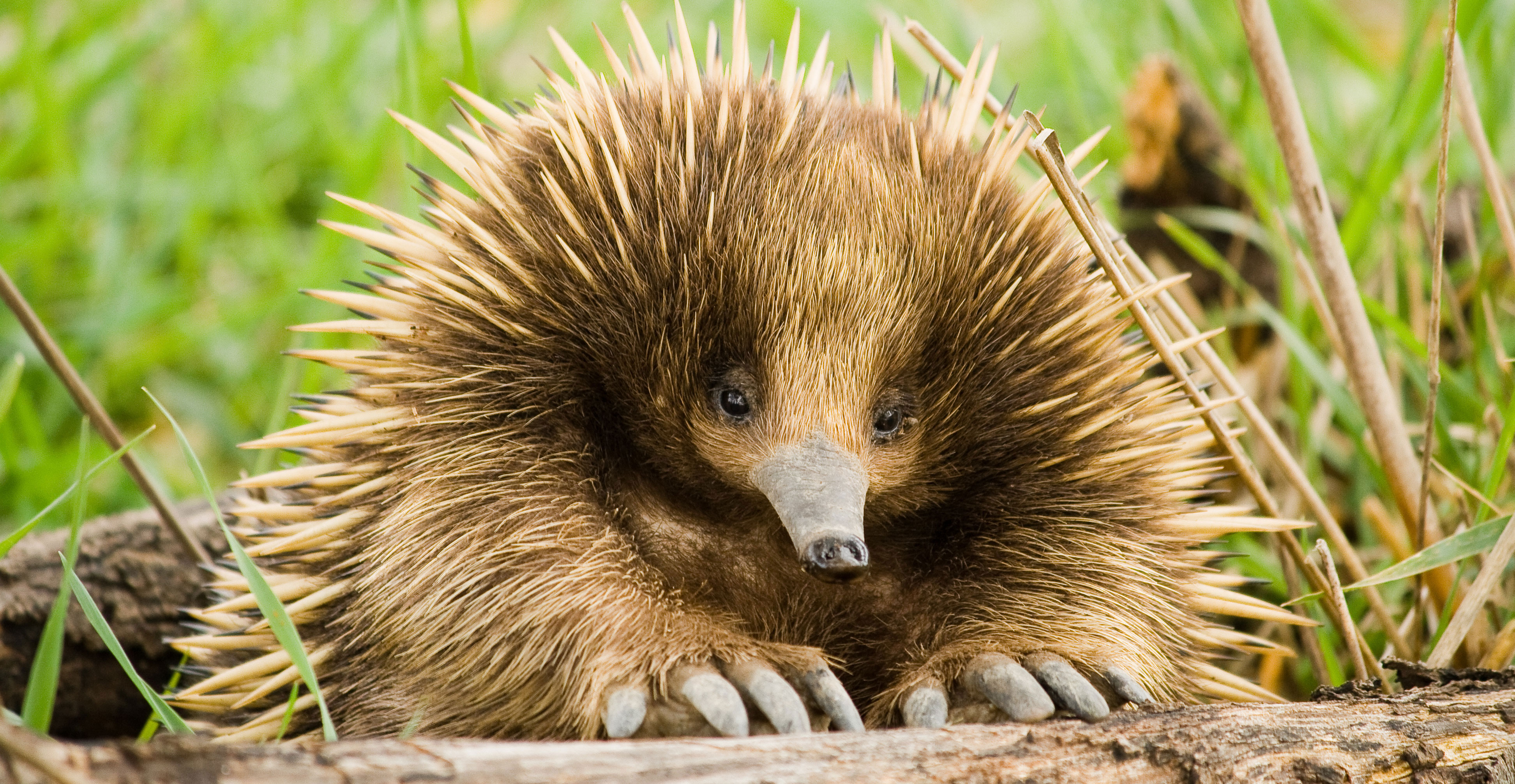Ameisenigel
Basic Information
Biological Traits
The most notable trait of the ameisenigel is its electrolocation. This allows the ameisenigel to perceive around it using electromagnetic waves. While little is known about how exactly this works scholars have been able to determine that these waves allow the ameisenigel to perceive objects, creatures, and conductive metals with ease. The ameisenigel is especially capable of detecting Adamantine due to its inherit electric charge.
Genetics and Reproduction
The ameisenigel is a unisex creature. It lays eggs all of which are fertilized. The ameisenigel will lay about 5-10 eggs a year all in one batch. Generally, half to two-thirds of these eggs will hatch. Scholars have found one peculiar trait about ameisenigel reproduction, however. If the ameisenigel that laid the eggs is away for a substantial period of time none of the eggs will hatch. Even if a different ameisenigel is put in the first one's place the eggs will die. While scholars have theories as to why this is none have been able to prove one over the other.
Growth Rate & Stages
Once an ameisenigel hatches from its egg it is able to walk and use electrolocation. It takes about one year before an ameisenigel is considered fully grown and capable of regular work or living on its own. After about 3.5-4 years an ameisenigel generally finds a final place to burrow and stops traveling, domesticated ameisenigels are retired around this age. In nature, an ameisenigel can live to be about 4-6 years old. When domesticated the age tends to be closer to 6. An ameisenigel is capable of laying eggs until its death, assuming no injuries.
Ecology and Habitats
The ameisenigel evolved in the rocky mountains of the Dwarvish Isles. Their claws are incredibly sharp and suitable for drilling into the soft stone of the mountainside. With this, most ameisenigels will burrow into the mountainside as they migrate from place to place looking for food.
Dietary Needs and Habits
The ameisenigel eats plants or small insects. Due to the baron nature of the Dwarvish Isles, an ameisenigel only needs to eat once a month. The ameisenigel has two stomachs one for food digestion and one for storage so if it finds more food it will consume it regardless of if it actually needs to eat.
Additional Information
Domestication
Since their discovery by the Clansmen the ameisenigel have been domesticated to serve as prospectors. Due to their electrolocation finding conductive metals is made exceedingly easy. Clansmen minors will generally take out a pack of 4-8 ameisenigels when mining. This will allow them to be spread out over an area to test for metals. Ameisenigels are exceptionally good at finding Adamantine due to its inherit electric charge.
Geographic Origin and Distribution
The ameisenigels evolved within the Dwarvish Isles. The Clansmen of the isles found the creatures incredbilty usful in mining. The ameisenigels were exported to the Confederation of Sea Metropolises in 379 ce.
Average Intelligence
While the creatures are not sapient they can be trained, much like a horse. Trainers can teach ameisenigel to do simple tasks such as sit, stay, search for menrals, and things like that.
Current Date -
The Yet Unnamed Year of 1494 ce
Lifespan
4-6 years
Conservation Status
WIthin the Dwarvish Isles and Confederation of Sea Metropolises, ameisenigel are considered protected creatures. Killing, hunting, or harming one is illegal and punishable by imprisonment or fine. It is important to note that this is not because there is a shortage of ameisenigel but rather they are quite valuable.
Average Height
6-10 in.
Average Weight
9-13 lb.
Average Length
1-2 ft.
Average Physique
The ameisenigel are small round creatures with sharp spiked quills all across their bodies. They have razer sharp claws suitable for digging rock and other stones.
Geographic Distribution



Comments